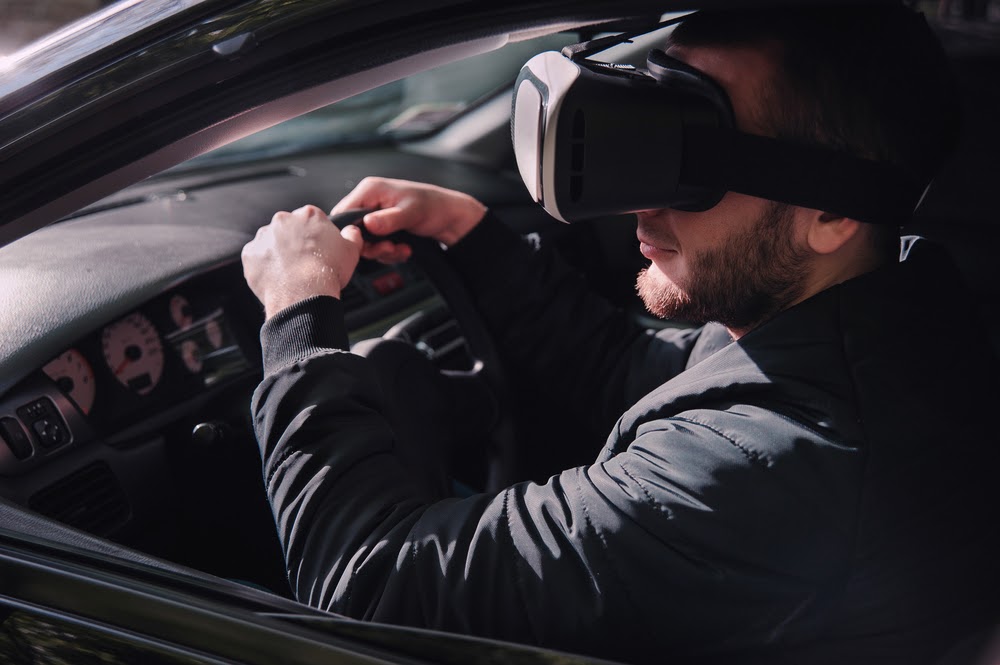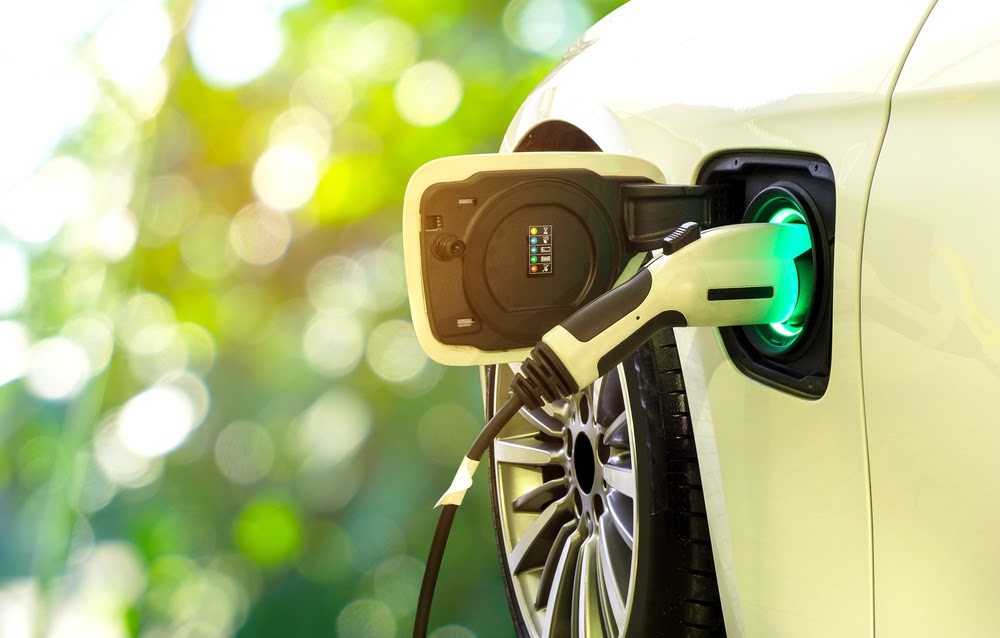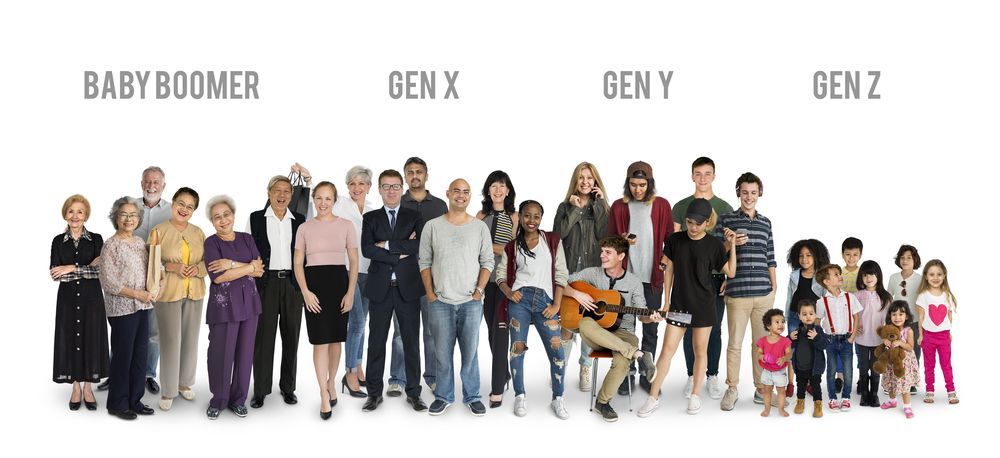6 Automotive Industry Predictions for 2021
By marcela • August 27, 2021
The automotive industry has changed significantly over the years. To stay competitive, automotive manufacturers have no other choice but to rapidly evolve in order to keep up with changes in consumer demand, environmental regulations, and technology. Yet many experts believe that the biggest changes to impact the automotive industry are still to come.
Industry analysts believe that the automotive industry will enter a period of transformative change over the next 12 months. What will drive this change? What’s next for the automotive industry? Here are X automotive industry predictions for the year ahead:

Automotive Digital Retail
For years, automotive consumers have shown an interest in purchasing vehicles online rather than in-person at dealerships. But now, the desire to go digital when it comes to purchasing a new vehicle has grown exponentially as a result of the COVID-19 pandemic.
A recent survey revealed that over three-fourths of automotive consumers are open to the idea of buying a vehicle online. Some consumers prefer a virtual buying experience because it is easier, faster, and more convenient , whereas others prefer it simply because they don’t like the experience of going to a dealership.
However, this doesn’t mean that automotive consumers want to go through the car-buying process on their own. In general, consumers still want to be able to interact with someone at the dealership while going through the process of buying a new vehicle. This person must be available to answer questions, address concerns, and help consumers come to the right decision regarding which vehicle to purchase. To address this need, automotive companies may want to offer virtual consultations or add live chat options to their website.
Automotive consumers expect the same level of customer service even if they choose to purchase a vehicle online rather than in a dealership. For this reason, automotive manufacturers must make an effort to provide an “at-home” dealership experience .
For example, automotive manufacturers can build a virtual showroom so consumers can explore vehicles from the comfort of their own homes. Manufacturers can also offer virtual test drives or deliver vehicles to consumers’ homes to make the experience more convenient.
Some automotive consumers prefer to complete the entire car-buying process online. But others are open to only completing the final steps of the process online, including the price negotiation, selection of add-on features, and signing of documents. Automotive manufacturers and dealerships should keep this in mind when designing an automotive digital retail experience for their consumers.

Health and Wellness Add-On Features
Luxurious add-on features such as seat warmers, complex infotainment systems, and self-closing doors have dominated the automotive industry in the past. Although these features will still be found in vehicles this year, industry experts believe that manufacturers will prioritize health and wellness amenities over luxurious amenities for the first time.
Automotive designers will look at every part of a vehicle to determine how it can be used to promote health and wellness. For example, the seats may be redesigned to include massage functionalities . This would allow passengers to relax their muscles, improve circulation, and alleviate muscle tension while on the go.
Experts believe that automotive manufacturers may also introduce vehicles designed with ionizers and ozonizers to purify the air inside the cabin. New vehicles may also be designed with self-cleaning surfaces , which would have the ability to remove dirt, dust, and other debris from inside the vehicle. Not only would this create a sanitized environment for passengers, but it would make it easier for car owners to maintain their vehicles.
Some experts predict that air pollution sensors will also be included in new vehicles this year. These sensors would be placed on the exterior of the vehicle to measure the level of air pollution outside. The sensor would deliver this data to the vehicle’s main computer, which could then display the information on the dashboard next to the outside temperature reading. This would allow the driver to see air pollution information in real-time just by looking down at their dashboard.
These add-on features could be used to win over health-conscious consumers who are looking for new and innovative ways to improve their health and wellbeing. In fact, a recent survey revealed that 22% of automotive consumers are looking for vehicles with anti-microbial interiors. This indicates that health and wellness add-on features could be welcomed by automotive consumers with open arms, especially because of lingering health concerns related to the COVID-19 pandemic .
Car Subscription Services
Automotive consumers who want their own vehicle typically have two options: buy or lease one. But automotive manufacturers recently introduced a third option: car subscription services . Now, experts believe that these services will become increasingly popular in the year ahead.
To participate in a car subscription service, members must pay a monthly fee. This fee typically covers the use of a car, insurance, roadside assistance, and maintenance . Members can use the same vehicle for the entire month, but they also have the option of “flipping” in and out of vehicles made by the same manufacturer.

For example, a consumer may choose to drive a practical sedan during the week, but switch to a smaller, sportier vehicle during the weekend. If they choose to flip, a concierge will travel to their home to make the switch as convenient as possible.
Subscription services offer more flexibility than traditional leases. If subscribers want to continue using the service, they must pay the fee every month. But if they are no longer interested in subscribing, consumers no longer need to pay the monthly fee. It’s as simple as that.
Car subscription services are usually more popular in large cities such as New York City and Boston, where consumers are less likely to own a vehicle. However, experts predict that these services will start to catch on in more rural areas over the next 12 months.
There’s no doubt that consumers are open to the idea of using a car subscription service. According to Deloitte’s 2020 Global Automotive Consumer Study , over one-quarter of automotive consumers in the United States are interested in using a car subscription service . The concept is even more popular in other countries, including India, where nearly 70% of automotive consumers would be open to trying these services.
Automotive consumers are willing to pay for these services, too. In the United States, over 60% of automotive consumers are willing to pay at least 10% more to participate in a subscription service that gives them access to different vehicle models across the same brand. Nearly 20% of these consumers are willing to pay at least 20% more for these services.
Based on this data, it’s clear that there is a legitimate interest in the car subscription model, which could explain why experts are predicting a rise in these services this year.
Shift From Horsepower to Computing Power
In the past, automotive manufacturers focused on producing vehicles with the highest horsepower. But now, experts believe that automotive manufacturers will start to focus more on computing power rather than horsepower.
Many vehicles are already designed with infotainment systems, collision-warning features, and navigational assistance. But in the next year, the technology used in these vehicles will become more advanced. Furthermore, more vehicles will feature these technologies, which means automotive consumers won’t need to purchase a high-end, luxury vehicle to enjoy these features. In fact, McKinsey estimates that the number of networked cars will rise by 30% every year for the next several years.
Automotive consumers should expect to see a rise in the number of services that are delivered through their vehicles. This may include driver assistance, tourism, entertainment, information, or Internet radio services. Automotive manufacturers may even start to build a wide range of apps that are only compatible with their vehicles’ software.
If these predictions come true, vehicles will be smarter and more connected than ever before . Many consumers look forward to increased vehicle connectivity. In the United States, 44% of consumers believe that increased vehicle connectivity is beneficial. In China, 83% of consumers share this view.
These consumers aren’t necessarily willing to pay more for increased vehicle connectivity, though. Two-thirds of automotive consumers in the United States and 51% of automotive consumers in China said they would not be willing to pay more than $500 for these advanced features.
But not all consumers are sold on the idea of increased vehicle connectivity. Nearly two-thirds of automotive consumers in the United States worry that hackers could gain access to a connected vehicle and put the safety of the passengers at risk.
Despite these consumers’ concerns, experts predict that increased vehicle connectivity will take the automotive industry by storm over the next year.

Expansion of Electric Vehicles
Experts predict that the electric vehicle segment of the automotive industry will experience significant growth in the next year.
Although Tesla currently dominates the electric vehicle segment, the competition is growing. In 2020, there were 59 electric or plug-in hybrid vehicles on the U.S. market, but this number will grow to 75 in 2021. New competition could emerge over the course of the year, too. Fifty-four percent of consumers and 63% of dealers believe that a new electric vehicle company will enter the market and rival Tesla in 2021.
The predicted growth in the electric vehicle market could occur as a result of new state laws. Over 40% of automotive consumers and dealers believe that more states will establish laws that require or encourage consumers to only purchase electric vehicles.
Even though experts are confident that the electric vehicle market will expand rapidly in 2021, some consumers are still hesitant to purchase an electric vehicle. Some of the automotive consumers’ greatest concerns regarding electric vehicles include a poor driving range, lack of charging infrastructure, cost, and the time required to reach a full charge. If automotive manufacturers fail to address these concerns, the electric market segment may not grow as quickly as experts anticipate.
Furthermore, the percentage of consumers who intend on purchasing an eco-friendly vehicle has dropped. In 2020, 41% of automotive consumers in the U.S. said they intended on purchasing a hybrid or electric vehicle. But in 2021, this number dropped to 26%.
Some experts believe that this drop occurred as a result of the global pandemic. In uncertain times, consumers are more likely to turn to tried and true options, which are gas-powered vehicles. If this is the case, more consumers may be interested in purchasing electric vehicles once the global health crisis has been resolved .

Growing Gen Z Customer Segment
Members of Generation Z, which include anyone who was born in 1997 or later, are now becoming automotive consumers for the first time.
This generation has incredible spending power. In fact, it’s estimated that Gen Z influences between $600 billion and $3 trillion in consumer spending every year. But this generation also has different purchase habits and needs. Because of this, the increase in Gen Z automotive consumers could force automotive consumers to adjust their advertising, marketing and sales strategies to meet the demands of this unique customer segment.
In general, Gen Z consumers are sensible, rational, and frugal . In the past, these consumers have preferred car-sharing over car ownership. Ridesharing services and public transportation were seen as affordable, practical, and eco-friendly modes of transportation to Gen Zers. But many Gen Z consumers are now thinking of purchasing a vehicle for the first time due to the risk of using ridesharing services or public transportation during a pandemic.
To appeal to these consumers, automotive manufacturers must remember that Gen Zers tend to evaluate the entire company, not just the company’s products , when making a purchase decision. Automotive manufacturers must display a commitment to important social causes and get involved in local communities in order to win these consumers over.
Previous generations favored trucks and SUVs. But Gen Z automotive consumers are more likely to purchase practical sedans manufactured by Toyota, Honda, or Nissan. This generation is also drawn to vehicles with innovative technological features that make the driving experience more pleasant, convenient, and comfortable.
Automotive manufacturers must also realize that Gen Zers are savvy shoppers who use their smartphones to compare models, find the lowest prices, and research dealerships . They are well-informed and willing to aggressively negotiate for the best possible price on a new vehicle, so dealerships must be prepared to sell to this new customer segment.
It’s still too soon to measure the impact that these changes would have on the automotive industry. But one thing is for certain: automotive consumers should be excited about the direction in which the automotive industry is headed .
The post 6 Automotive Industry Predictions for 2021 appeared first on (EN) 1(800) Car-Title®.
HOW MUCH IS MY CAR WORTH?













